Recently I have been studying the function of guide wires in different robotic mowing models, such as HUSQVARNA’s Automowers, in great detail. In doing so, I noticed that many prospective robotic mower owners are still confused about what the guide wire actually is and how it works.
How does a robotic mower’s guide wire work? The guide wire, also known as the guide cable, is used by robotic mowers as a navigation aid. It enables the robot to quickly find its way back to the charging station. Some robotic mowers also use remote starting points in order to control certain positions on the guide wire. While it’s a handy tool, not all robotic mowers have a guide wire.
To find out how exactly this all works, which robotic mowers are equipped with a guide wire, and what exactly they can do with it, check out the article below.
Contents
How the guide wire works
A brief outline
- The guide wire has a Y-connector to allow it to attach to the charging station at one end and the boundary wire at the other.
- The guide wire is then laid through the middle of the lawn being mowed and buried several inches down.
- A current runs through the cable, creating an electromagnetic field (similar to the boundary wire).
- When the battery level is low, the robotic mower searches for the guide wire, which allows it to return quickly to the charger.
- If the mower does not find the guide wire after a certain time, it searches for the boundary wire instead.
The guide wire is quite similar to the boundary wire. It is also connected to the charging station and creates a weak electromagnetic field by sending a current through the cable. The cable is routed approximately halfway through the entire working area and through narrow passages, and uses a Y-connector to connect to the boundary wire at the end, making a complete circuit.
Every area of your yard should be developed, especially if it has areas which can only be reached by a narrow passageway. The robotic mower is equipped with a special sensor which registers the magnetic field of the guide wire, allowing it to orient itself on the guide wire. As soon as the charge of the mowing robot battery is nearing its end, the mowing robot returns to the charging station as quickly as possible to recharge its battery.
Depending on its settings, the robot will first try to reach the charger via the guide wire, by moving in irregular directions until it finds it. Once the robot has found the guide wire, it uses the quickest possible route along the wire to travel back to the charger, where it will then charge itself before returning to work.
With many robotic mowers, you can set whether the robot should search for the guide wire first, or whether it should search for the boundary wire first. However, this function isn’t quite as useful as the guide wire. Returning via the guide wire is usually much faster and more efficient than via the boundary wire.
Another way in which robotic lawn mowers use the guide is to navigate to so called “remote starting points”. More on that later on.
What are the advantages of a guide wire?
Is a guide wire a necessity for any robotic mower? There are a number of advantages that a guide wire brings with it.
The robotic mower gets to the loading station faster. The guide wire is usually much shorter than the boundary wire. Especially in winding gardens it is not unusual to have a boundary wire spanning 175 yards, with a guide wire that’s just 30 yards. The guide wire also usually runs relatively straight, while the boundary wire can have kinks where the robot can get hung up and slowed down, wasting precious battery. You run a much higher risk of your robotic mower running out of battery before reaching the charger if it uses the boundary wire, rather than the guide wire.
The robotic mower reaches remote starting points faster. With some robotic mowers, you can define so-called “remote starting points” on the boundary wire (such as Worx brand) as well as on the guide wire (as with Husqvarna). Just as with reaching the charger, a guide wire allows the robot mower toarrive at remote starting points much faster.
Laying the boundary wire is less complicated. If the robotic mower is always returning via the boundary wire, the wire becomes much harder to lay, as you must be careful to ensure that the robot can smoothly pass along it. Trees, rocks, flower pots, and the like present obstacles for the robot, and your boundary wire must avoid them if the robot is to return along it. The guide wire, on the other hand, can be laid very easily and straightforwardly, as there is enough space on both sides (apart from bottlenecks) for the robot to pass without having to use millimeter precision.
Are there any disadvantages? Apart from the fact that you may have to spend a minimal amount more on a robotic mower with a guide wire, and that the installation is minimally more complicated, there are no real disadvantages. In actuality, the installation of the guide wire is the easiest part of the whole installation, so there’s really not much to worry about there.
Let’s take another look at the advantages and disadvantages
Advantages
Disadvantages
Additional select features
On Husqvarna Automowers, the guide wire not only helps the robotic mower find its way back to the charging station, but it also allows the guide wire to be used to set remote start points. For example, the menu has a feature which allows you to pick a point on the guide wire where, at a certain amount of yards, the robotic mower will start its work. For each remote start point you can also set how often you want it to be used.
This is useful if, for example, you have a side area that is smaller and requires less frequent mowing.You can simply set a remote start point on the guide wire in the middle of the desired area, and set it to be mowed less frequently.
You can find the settings for this on the Husqvarna Automower by selecting:
- Main menu -> Remote start 1 (or analog 2, 3 etc.)
- -> Route
- -> Shares
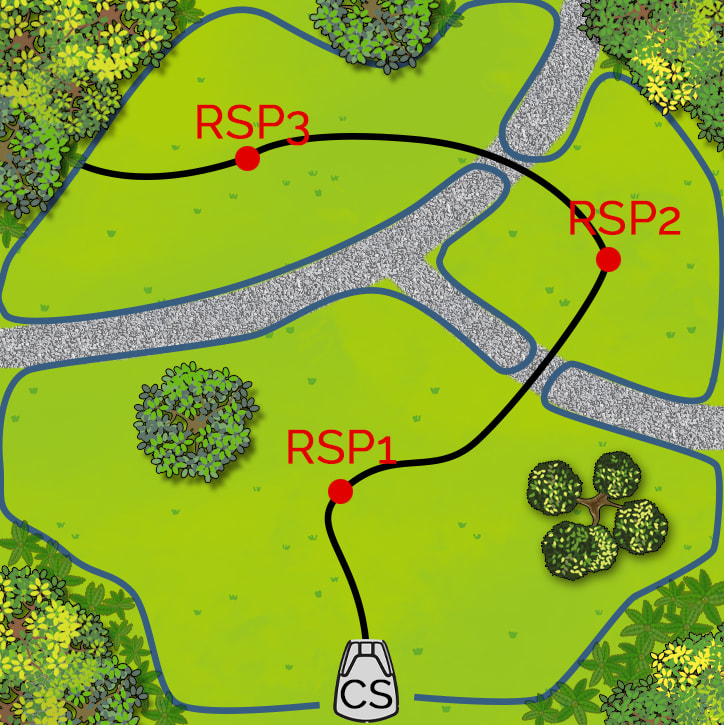
CS = Charging Station, RSP = Remote Start Point
Example of a guide cable with remote start points set in different areas of the lawn, which are separated by gravel paths.
Some Gardena robotic mowers also use the guide wire to navigate to remote areas, but do so utilizing a simpler system. Rather than use remote start points, they begin mowing at the point where the guide wire connects to the boundary wire.
Some robotic mowers even feature more than one guide wire. This can be a serious advantage for large yards that may branch in various directions. Robotic mowers for larger lawns are therefore usually equipped with several guide wires.
Related questions
Is a guide wire absolutely necessary? If robotic mower is equipped with a guide wire as part of its standard hardware, the guide wire does not have to be installed individually. The robotic mower can also work without a guide wire, using the boundary wire to find its way back to the charging station. However, doing so makes the robot much less efficient.
How deep can the guide wire be buried? The guide wire must not be buried deeper than 7 inches, so that the robotic mower can still receive the signal. However, be sure not to plant it too close to the surface, otherwise it may incur damage during lawn scarifying.
Is the type of cable used for the guide wire different from the boundary wire? The same type of cable is used for the guide wire and boundary wire. The standard version is a very thin wire with PVC insulation.
Also interesting: This is how the guide wire works on the mowing robot
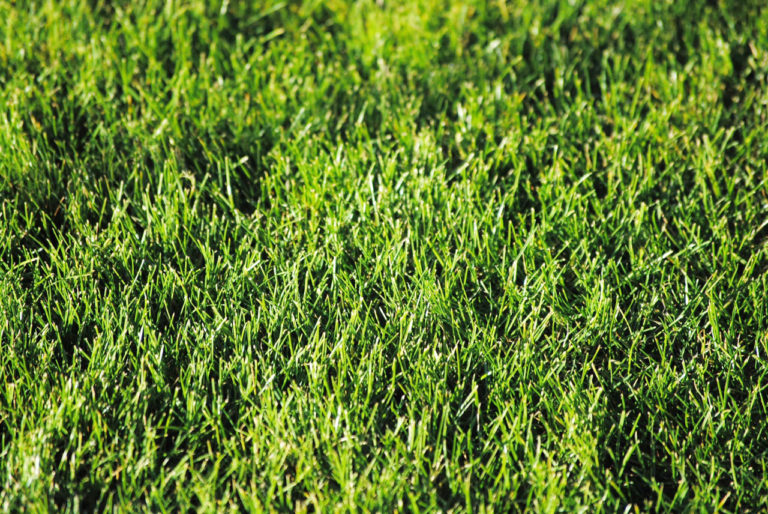

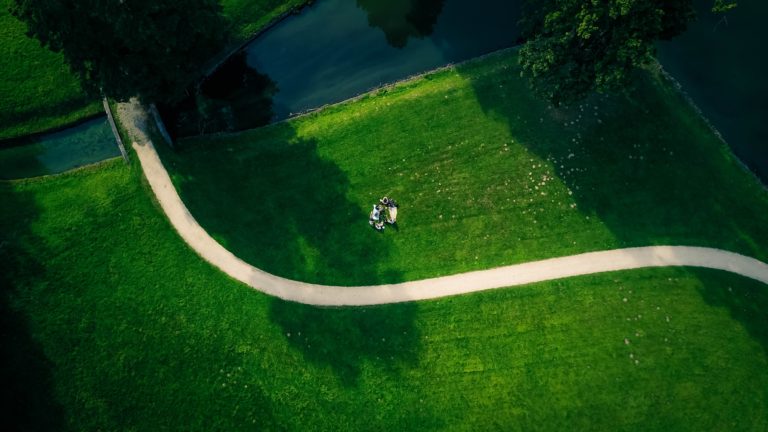

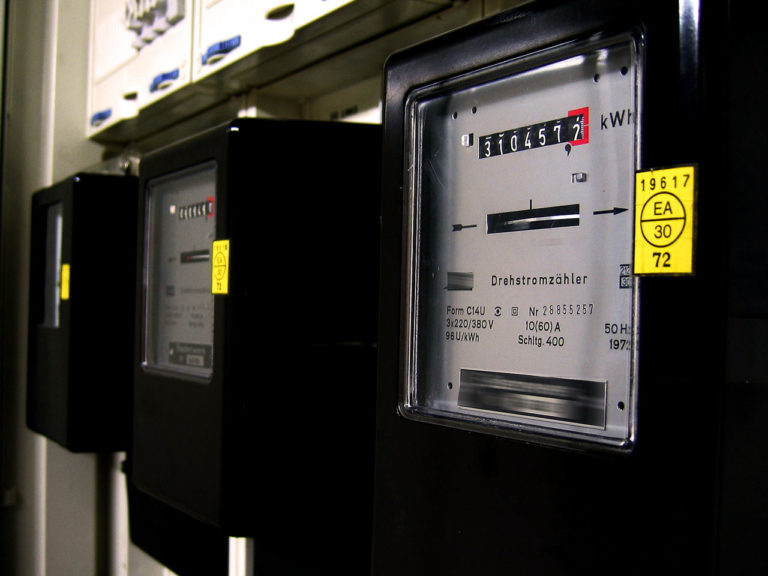
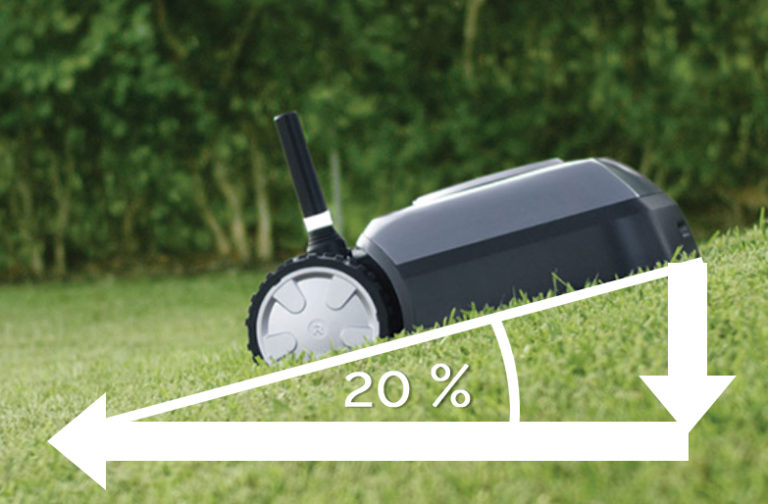
Hi can you make a y connection in the guide wire so you can go in both directions and connect to boundary wire